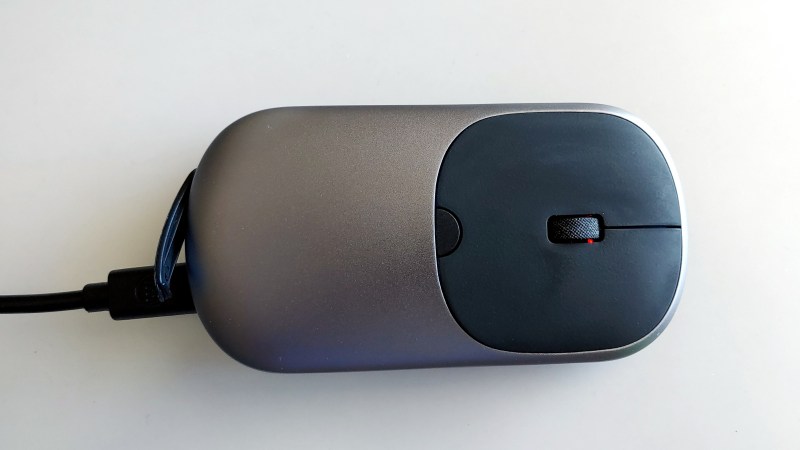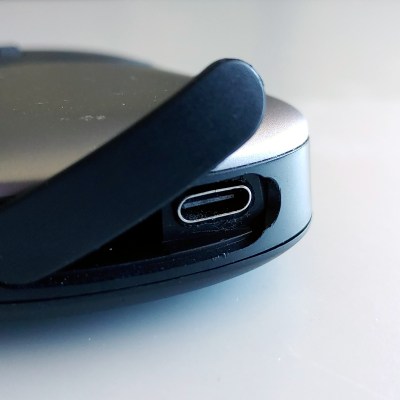Mouse Charging Mod Shows Even Simple Hacks Can End Up Complex

Hardware hacks have something in common with renovations that involve taking down a wall: until one actually gets started and opens things up, there’s no telling what kind of complications might be lurking. [voussoir] has a project that demonstrates this nicely: modifying a rechargeable mouse to use USB-C instead of micro-B turned out to have quite a few little glitches in the process. In fact, changing the actual receptacle was the simplest part!
On one hand, the mouse in question seems like a perfect candidate for easy modification. The enclosure isn’t too hard to open, there is ample space inside, and USB is used only for recharging the battery. So what was the problem? The trouble is something familiar to anyone who has worked on modifying an existing piece of hardware: existing parts are boundaries to hacking work, and some are less easily modified than others.

In [voussoir]’s case, the first little glitch was that the small PCB hosting the original mini-B receptacle had a screw hole in it, used to keep it secure during repeated plugging and unplugging. Ensuring the new USB-C receptacle used the same screw was a bit of a pain, but after dealing with that there was another issue: [voussoir] had mounted the new USB-C receptacle flush with the plastic of the mouse, but that didn’t allow a cable to seat fully. The receptacle needed to protrude a bit, or the charging cable couldn’t plug in far enough. Back to the workbench, and so it went for a few more iterations.
The modification was ultimately successful, but the ordeal demonstrates how having to work around physical design constraints can bring unexpected issues. It’s bad enough when one is just making a minor hardware tweak to an existing mouse, let alone entirely recreating vintage Apple mice designs for modern computers.
Post a Comment